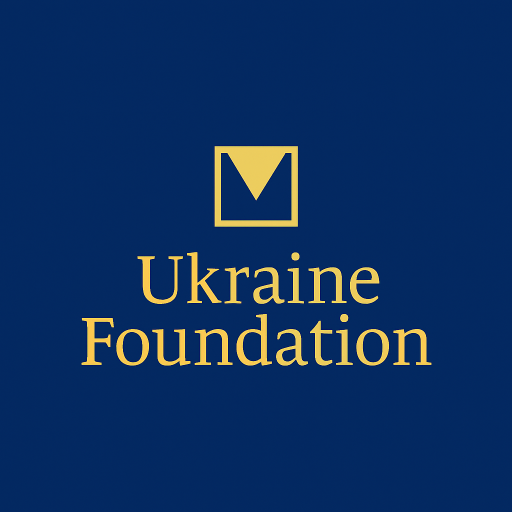Ukraine Foundation
Inspiring Change, Driving Impact
Dr. Nicholas Krohley is a scholar and practitioner specializing in the human dynamics of conflict, with extensive experience bridging academic research and operational practice.

He is the Founder and Principal of FrontLine Advisory, a Switzerland-based consultancy applying ethnographic methods and social science to security, military, and development challenges. He serves also as the Resistance Hub Lead for the Irregular Warfare Initiative.
He has advised U.S., U.K., and NATO forces as well as allied governments on the “human domain” of conflict, and also supported various private sector clients active in frontier markets.
Dr. Krohley is the author of “The Death of the Mehdi Army: The Rise, Fall, and Revival of Iraq’s Most Powerful Militia” (Oxford University Press, 2015), which was shortlisted for RUSI’s Duke of Westminster’s Medal for excellence in military literature, and co-editor of Warrior Diplomats: Civil Affairs Forces on the Front Lines (Cambria Press, 2023). Dr. Krohley has also written for outlets including the Modern War Institute, Foreign Policy, Foreign Affairs, Small Wars Journal, and the Irregular Warfare Initiative, addressing subjects such as the evolution of resistance movements, the breakdown of the intelligence cycle, and the future of irregular conflict.
He holds Ph.D. and M.A. degrees from King’s College London, and a B.A. From Yale University.
Washington: Ukraine Foundation’s Senior Fellow, Irregular Warfare and Human Dynamics of Conflict Co-Authors “Iran, Ukraine, and the Realities of “Resistance” & “Regime Change”” In Small Wars Journal.
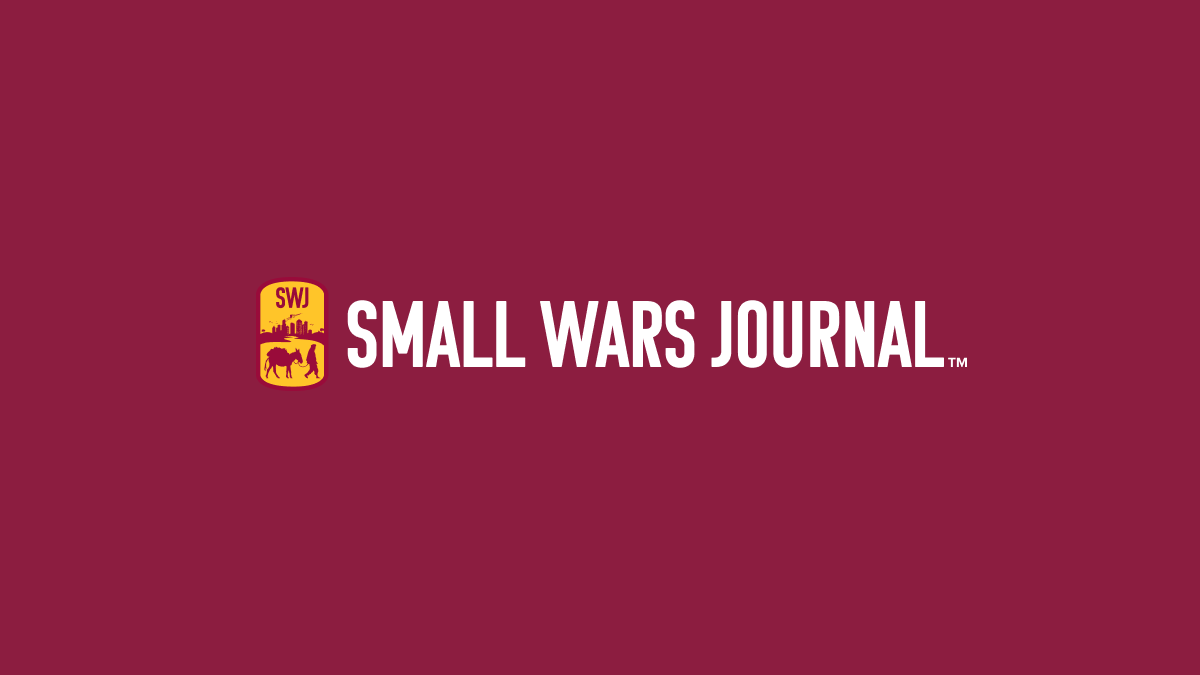
Iran, Ukraine, and the Realities of “Resistance” & “Regime Change” – July 14, 2025
Princeton University & Modern War Institute At West Point: Dr. Mariya Heletiy Publishes “The Balkans Model and Conditions for Peace in Ukraine” In the Irregular Warfare Initiative
We are proud to share the latest contribution from Dr. Mariya Heletyi, whose new article has been published by the Irregular Warfare Initiative, a joint project of Princeton University’s Empirical Studies of Conflict and the Modern War Institute at West Point.

In “The Balkans Model and Conditions for Peace in Ukraine,” Dr. Heletiy draws on the experience of the Balkan conflicts to analyze the irregular warfare nature of Russia’s invasion of Ukraine and what it means for peace-building. Her analysis offers a sobering but necessary perspective: that peace in Ukraine cannot be built on traditional negotiations alone.
Using the backdrop of Russia’s repeated violations of ceasefire agreements -most recently its broken “Easter truce”- Dr. Heletiy argues that today’s hybrid conflicts require more than diplomatic handshakes. The war in Ukraine spans far beyond the battlefield, touching diplomatic, informational, economic, humanitarian, and military fronts. As she points out, ceasefires in irregular conflicts often serve less as a path to peace and more as a pause for regrouping and rearming.
Drawing lessons from the Balkans, Dr. Heletiy proposes that irregular warfare tools -such as economic pressure, information campaigns, and unconventional tactics- must be part of any comprehensive strategy for sustainable peace. Her article warns against the false comfort of conventional approaches that do not account for the ideological drivers, asymmetries, and non-state actors that continue to shape today’s conflicts.
We encourage everyone interested in peace and security in Ukraine and beyond to read Dr. Heletiy’s full piece, which brings deep insight and strategic clarity to one of the most pressing issues of our time.
TVP World, UATV, National Public Broadcasting Suspline, Freedom TV, Kyiv24 News: Watch Dr. Mariya Heletiy’s latest media appearances
New York: Read the latest publication with Asia Society of Ambassador Pierre Andrieu on China-Russia Relations since the Start of the War in Ukraine

China-Russia Relations Simce the Start of the War in Ukraine – August 20, 2026
Washington: Check out the latest media appearances of Ukraine Foundation’s International Advisory Board Member John Pennell
John Pennell on Russia’s Actions in Ukraine and Syria in The Cognitive Crucible by the Information Professionals Association – September 16, 2025
In the episode, Dr. John Pennell explores how Russia’s use of irregular warfare and information operations has evolved across Ukraine and Syria from 2014 to 2022, arguing that Russia has increasingly blended kinetic, cyber, influence, and hybrid tactics to shape outcomes. He discusses how the information environment has become a key domain in contemporary conflict, emphasizes the growing role of non-state actors (like criminal syndicates) in amplifying Russia’s messaging, and calls for better public literacy about information threats, more research into how adversaries adapt their strategies, and more integration between scholars, policymakers and practitioners in responding to this more complex character of war.
John Pennell on “Did Syria Prepare Russia for Hybrid Warfare in Ukraine?” in At the Boundary by the Global and National Security Institute of the University of South Florida – August 11, 2025
In the “Did Syria Prepare Russia for Hybrid Warfare in Ukraine?” episode of At the Boundary, Dr. John Pennell discusses how Russia leveraged its 2015 intervention in Syria as a proving ground for techniques later applied in Ukraine. He argues that operations in Syria allowed Moscow to test tools like drones, electronic warfare, information campaigns, and proxy forces under real combat conditions. Dr. John Pennell traces how Russia adapted those hybrid warfare methods—initially developed in the Syrian context—to the conflict in Ukraine, especially in its early phases (Crimea, Donbas), emphasizing plausible deniability, disinformation, and local proxies. He also highlights the importance of understanding this operational lineage for NATO, the U.S., and partners as they seek to counter Russia’s evolving toolkit.
Lviv: Ukraine Foundation’s Director for Cultural Affairs Alex Luna Leads the National Anthem Before the Final of the 2025 Ukrainian Football Cup.
Our entire teams at Ukraine Foundation were filled with immense pride to watch our Director of Cultural Affairs, Alex Luna, delivering a powerful a cappella performance of “Ukraine’s Glory Has Not Perished,” the national anthem, leading the entire Arena Lviv stadium at full capacity in unison on the opening of the Final of the 2025 Ukrainian Football Cup on May 24.
Milan: Natalie Shkarban At Ukraine Recovery Conference’s Milan Preparatory Business Forum

On 5 March 2025, Milan hosted the pivotal “On the Road to URC 2025” business forum, marking a significant milestone in the lead-up to the Ukraine Recovery Conference (URC) scheduled for 10–11 July in Rome. This preparatory event convened over 550 representatives from 23 countries, including government officials, international financial institutions, and private sector leaders, to strategize Ukraine’s post-war reconstruction and economic revitalization.
Keynote speakers included Ukrainian Prime Minister Denys Shmyhal (via video message), First Deputy Prime Minister Yuliia Svyrydenko, Italian Foreign Minister Antonio Tajani, and Lombardy Region President Attilio Fontana. Their addresses underscored the urgency of mobilizing international investment and fostering public-private partnerships to rebuild Ukraine’s infrastructure, energy systems, and industrial base.
Discussions at the forum focused on several strategic areas:
• Investment and Financing: Exploring mechanisms to attract foreign capital, including risk insurance and government incentives.
• Energy Resilience and Green Transition: Promoting sustainable energy solutions and the development of a green energy system in Ukraine.
• Industrial Production and SMEs: Enhancing local manufacturing capabilities and integrating Ukrainian small and medium-sized enterprises into global supply chains.
• Infrastructure and Housing: Reconstructing critical infrastructure and providing housing solutions for internally displaced persons.
The event also highlighted collaborative initiatives such as the partnership between Lombardy and Zaporizhzhia regions and the presentation of a master plan for Mykolaiv’s recovery.
This Milan forum set the stage for the upcoming URC 2025 in Rome, which aims to consolidate international support and secure tangible commitments for Ukraine’s reconstruction efforts.
Kyiv & Sofia: Alex Luna Taking Somnia Disaster -A Chernobyl-Fukushima Cultural Bridge- Across European Parliaments
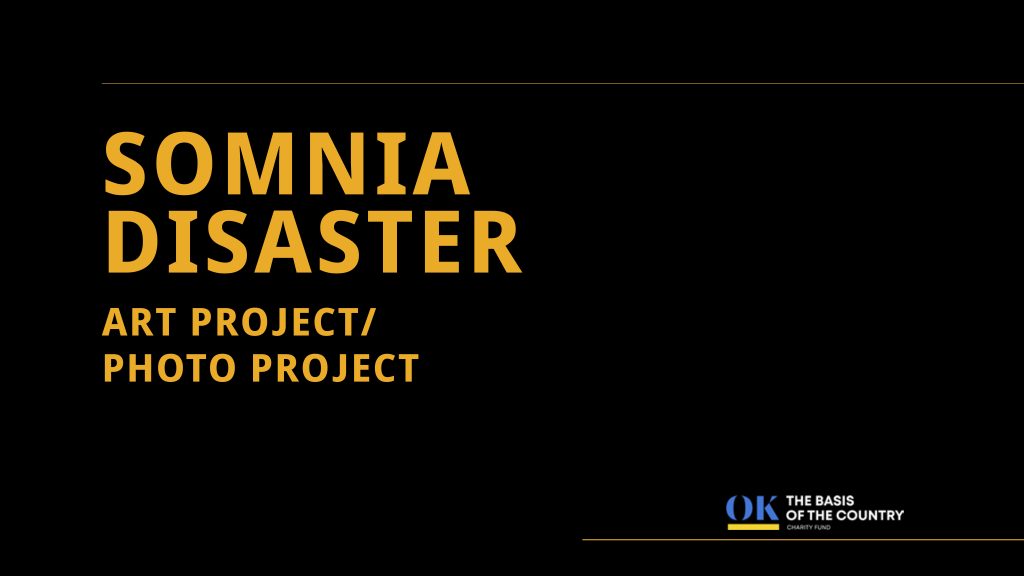
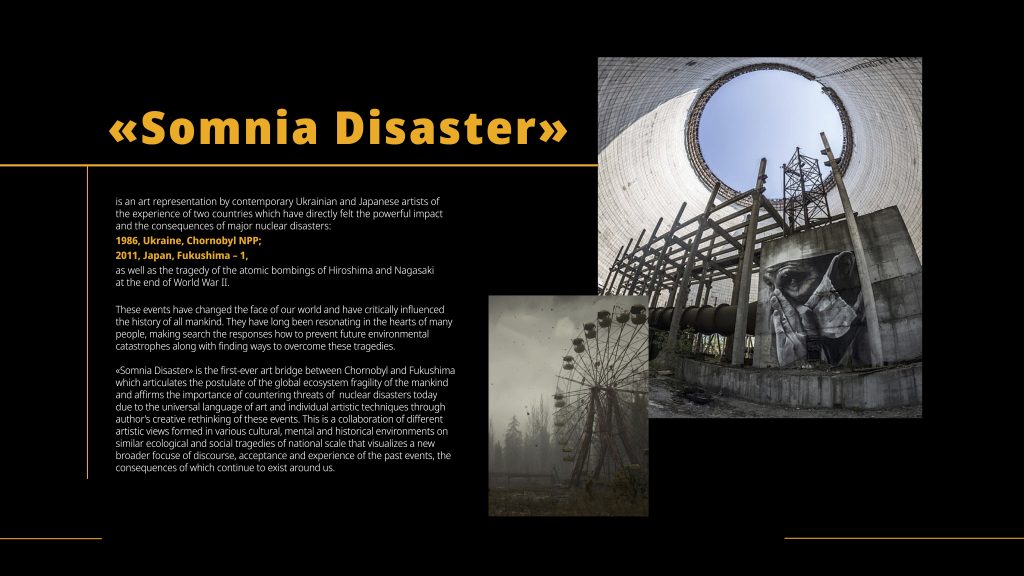
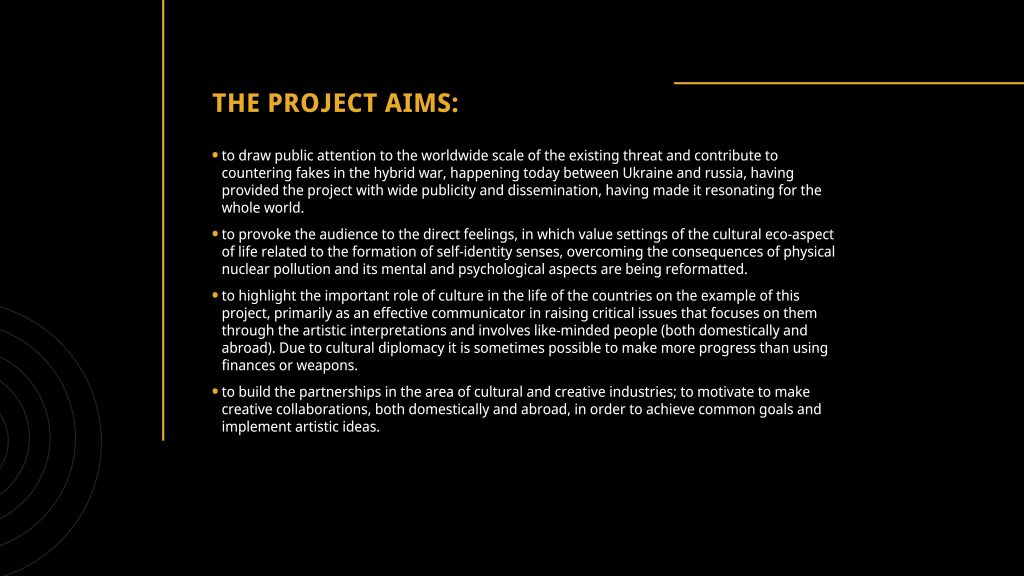
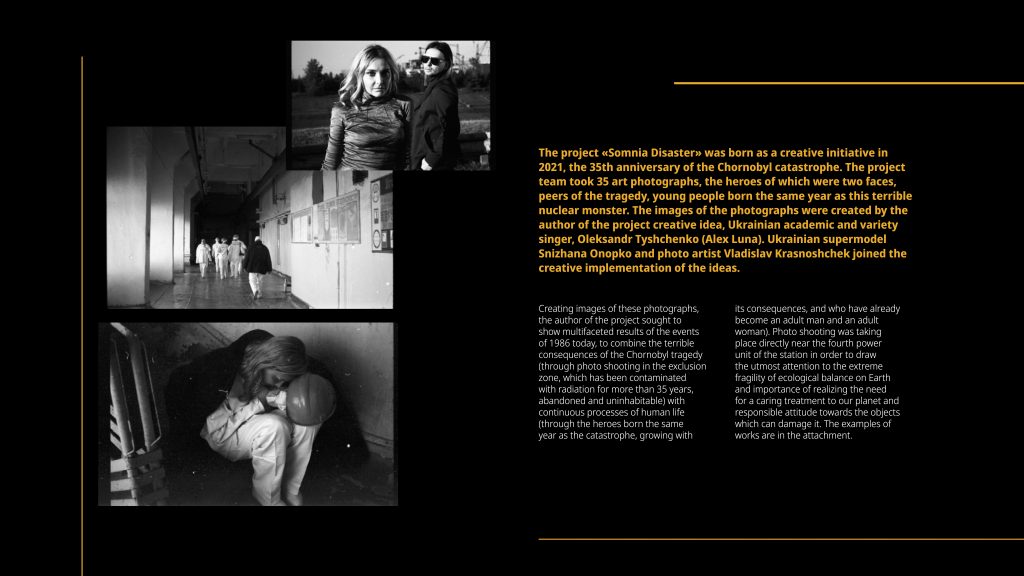
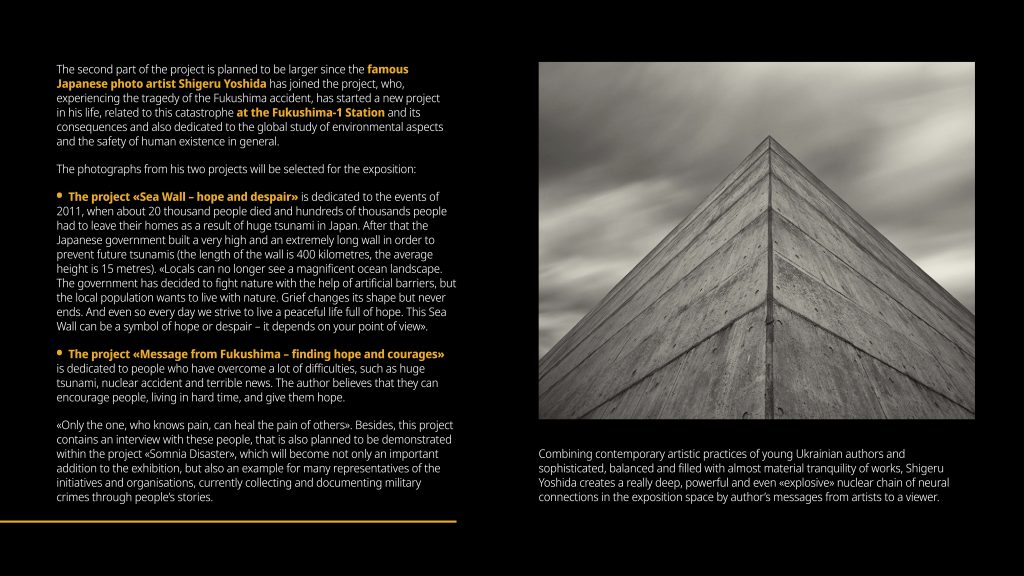
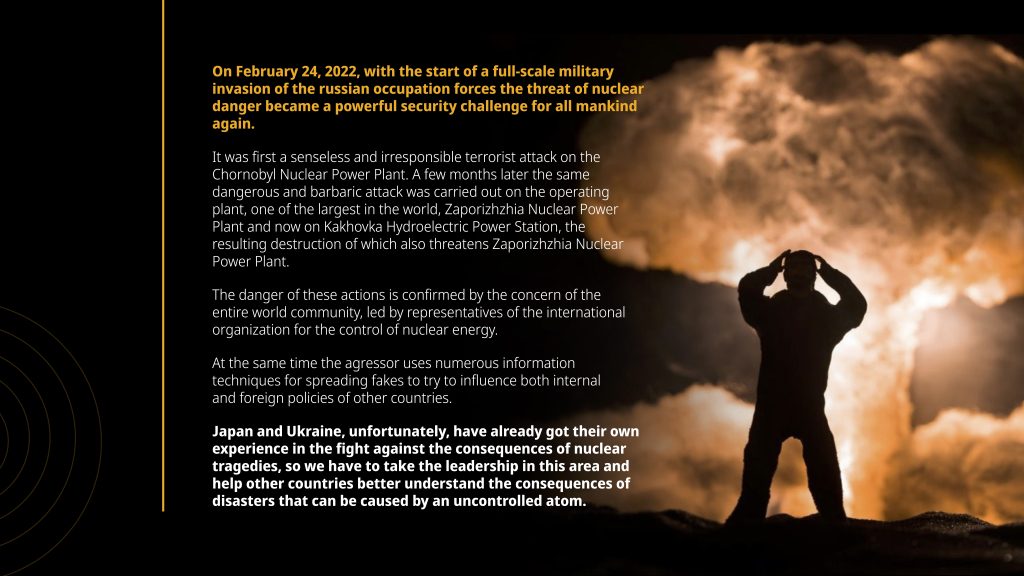
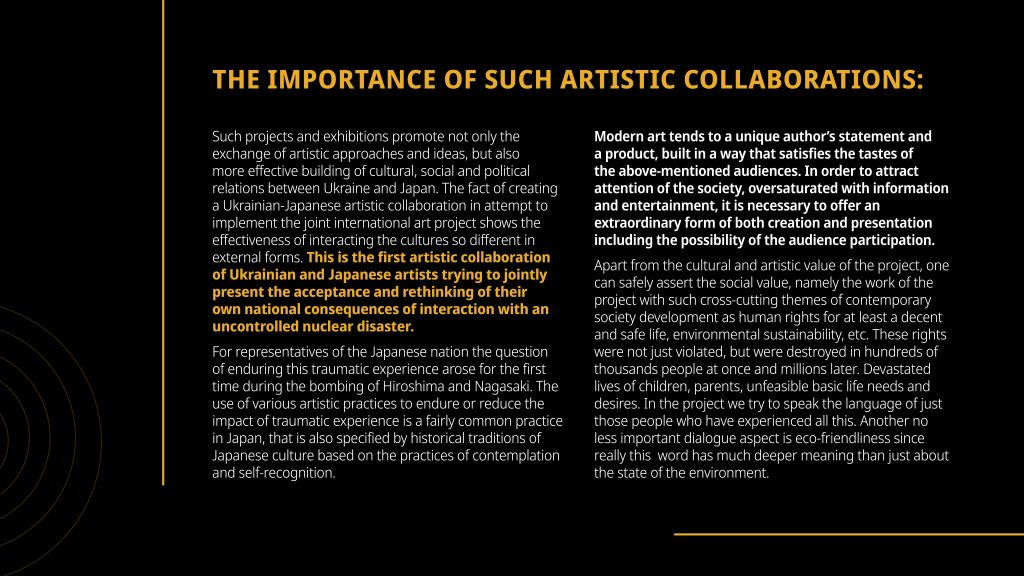

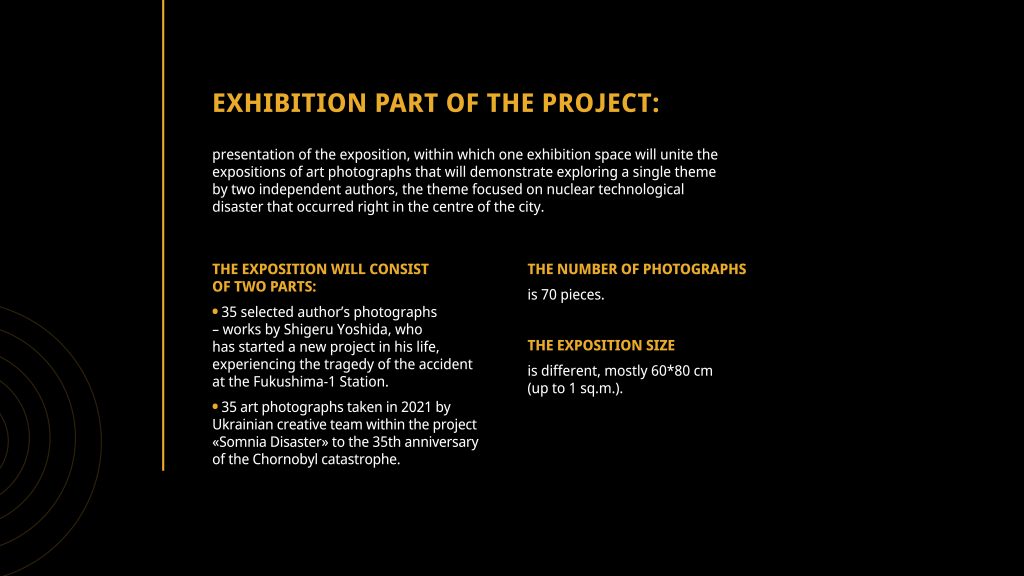
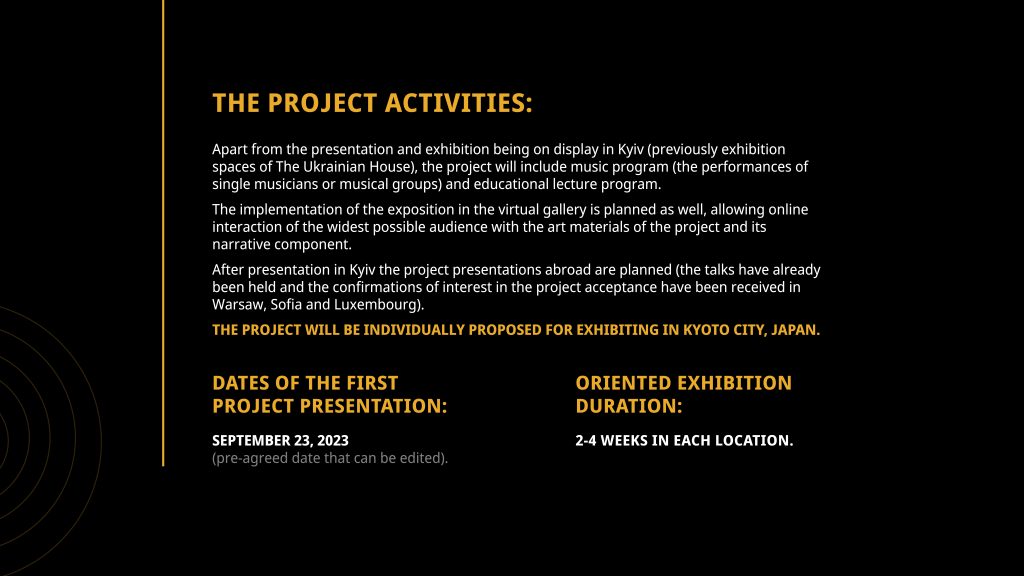
Somnia Disaster Featured In ICTV News
Somnia Disaster Making the News in Korotko Pro
“Somnia Disaster”: Alex
Luna exhibition opened in the Verkhovna Rada
YEVHEN GORIN
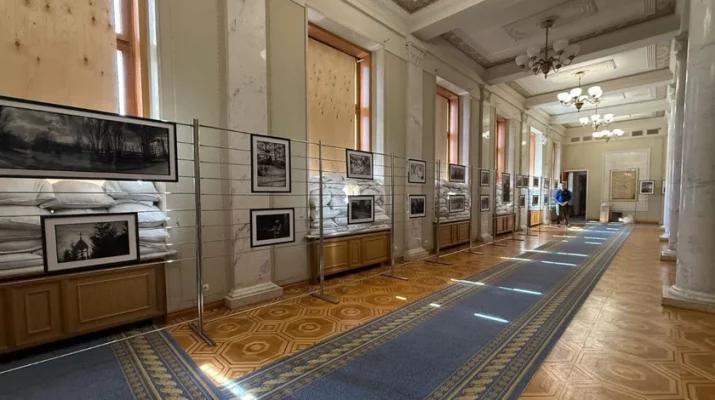
April 29, 2025, Kyiv – On the days of the next anniversary of the Chernobyl disaster, a unique art and documentary exhibition “Somnia Disaster” was solemnly opened in the building of the Verkhovna Rada of Ukraine, under a glass dome. It became one of the central events of this year’s commemorative events and a symbolic reminder of the value of human errors and the responsibility for the future.
The exhibition takes place during the regular session of the parliament.
The Somnia Disaster project combines art, photography, film materials and modern audio installations in Ukrainian and German. Only the photographic part of the project, created by a prominent Ukrainian photo artist, a representative of the Kharkiv School of Photography, Vladyslav Krasnoshchek, is presented in the parliament building.
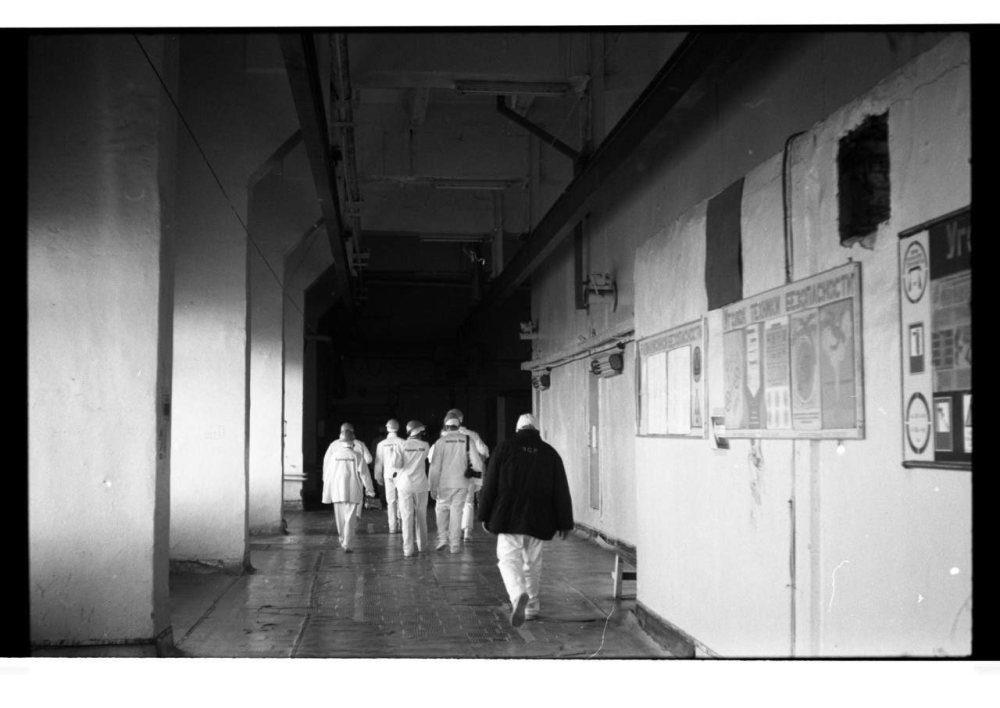
The photos are not only the iconic locations of the Exclusion Zone, but also the same age as the tragedy: the author of the project, opera singer Alex Luna, and Ukrainian supermodel Snizhana Onopko.
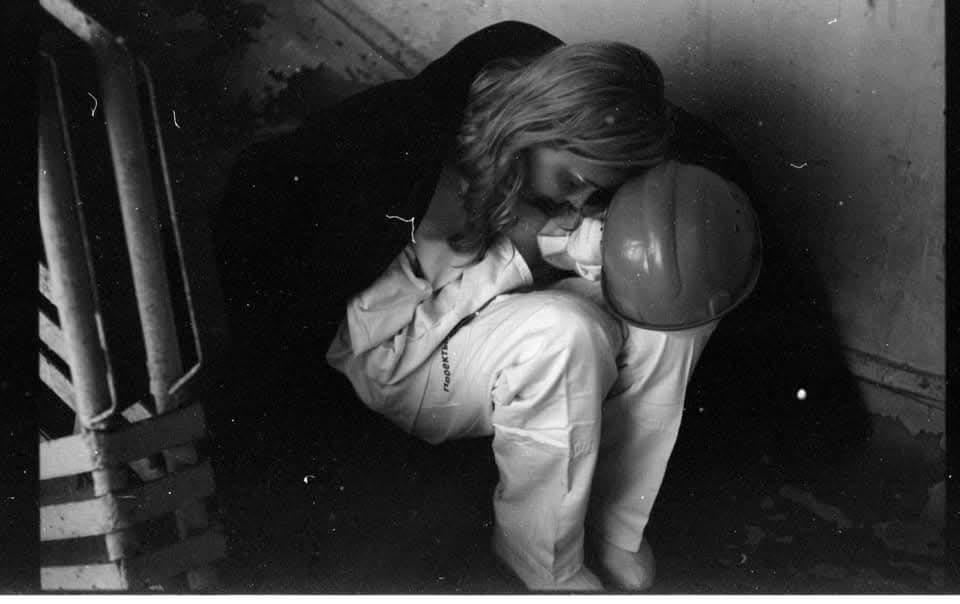
Today, the exhibition “Somnia Disaster” is shown in the Verkhovna Rada of Ukraine. Its ideologist Alex Luna, having implemented the project in 2021, sought to emphasize the fragility of life and the importance of remembering it. Probably, he had a “artist’s premonition,” says Tetiana Tsyba, MP and head of the subcommitteee on the protection of the rights of children who suffered as a result of military aggression. After all, today the relevance of this topic has not decreased, but on the contrary, it has acquired a new sound.
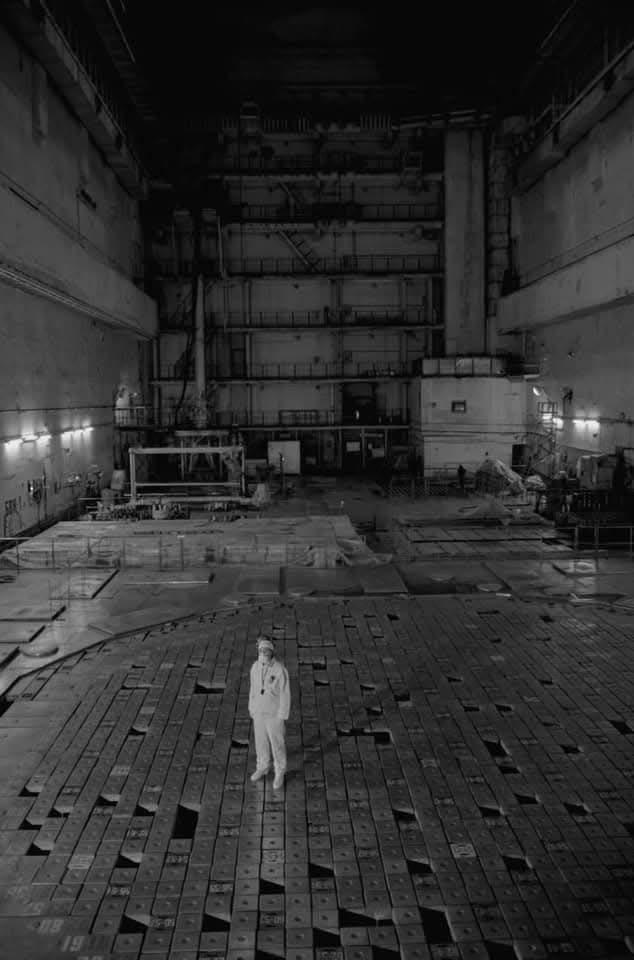
The exhibition “Somnia Disaster” will be available for viewing in the Verkhovna Rada during the week. From June 18, the exhibition will be hosted by the Parliament of the Republic of Bulgaria.
At a time when the world stands precariously close to the threat of nuclear catastrophe, Somnia Disaster emerges as a powerful cultural project that unites two of the most devastating nuclear tragedies in human history: Chernobyl and Fukushima. This exhibition serves not only as a bridge between cultures, but also as a stark reminder of our shared responsibility to prevent such disasters in the future.
Somnia Disaster is being presented in a highly symbolic setting — the Verkhovna Rada of Ukraine (Ukrainian Parliament) — from April 28 to May 2, during an active parliamentary session. Following this, the exhibition will move to the Parliament of Bulgaria from May 14 to May 21, where a major opening ceremony will be held. The event will bring together the Bulgarian Minister of Energy, Minister of Foreign Affairs, members of parliament from Bulgaria and Ukraine, as well as the Ambassadors of Japan and Ukraine, underlining the urgent international relevance of the project.
In an era when nuclear threats loom larger than ever, Somnia Disaster reminds us that memory, dialogue, and cross-cultural cooperation are vital for a safer future.
Listen to the Somnia Disaster podcast on Spotify
We are currently experiencing the greatest nuclear threat, which threatens not only Ukraine, but the entire world. What does it really look like in Ukraine’s largest nuclear power plant? What is the probability of a Chernobyl 2.0? This is what liquidators, military and scientists discuss in this podcast.
Watch Somnia Disaster’s making of featuring Snizhana Onopko and Alex Luna filmed on location
Sofia: Somnia Disaster: Alex Luna’s Haunting Exhibition Arrives in Sofia
Renowned visual artist Alex Luna continues his powerful exploration of the Somnia Disaster with a European tour, shedding light on the haunting legacy of this enigmatic event. Following its impactful debut, the exhibition makes its second stop in Sofia, Bulgaria, where it has already garnered significant media attention. Through a compelling blend of visual storytelling and immersive installations, Luna invites viewers across Europe to confront the surreal and often unsettling dimensions of memory, loss, and collective trauma.
Somnia Disaster Featured in

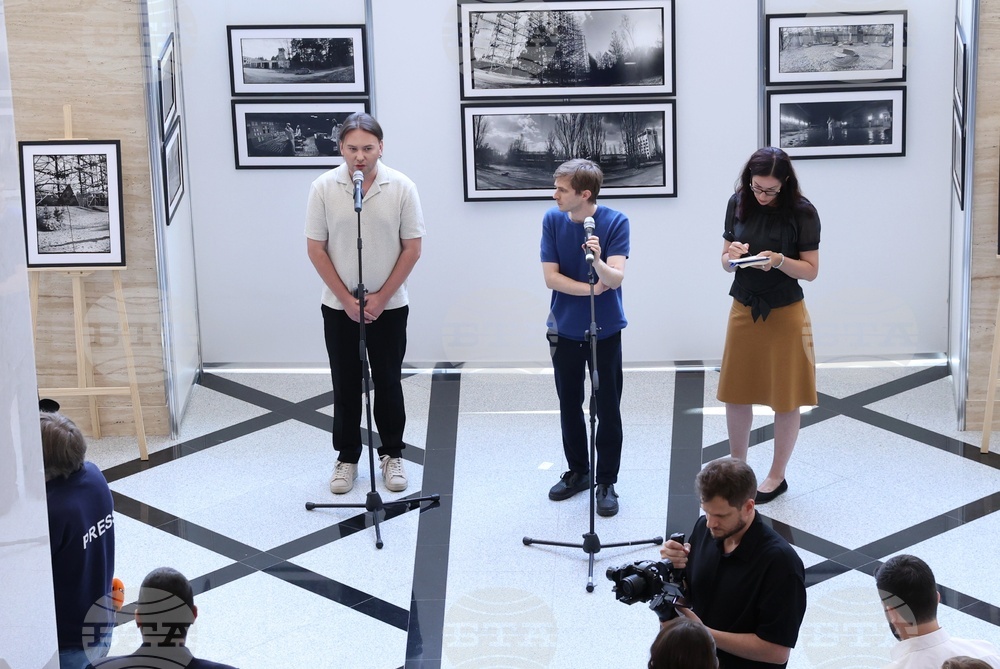

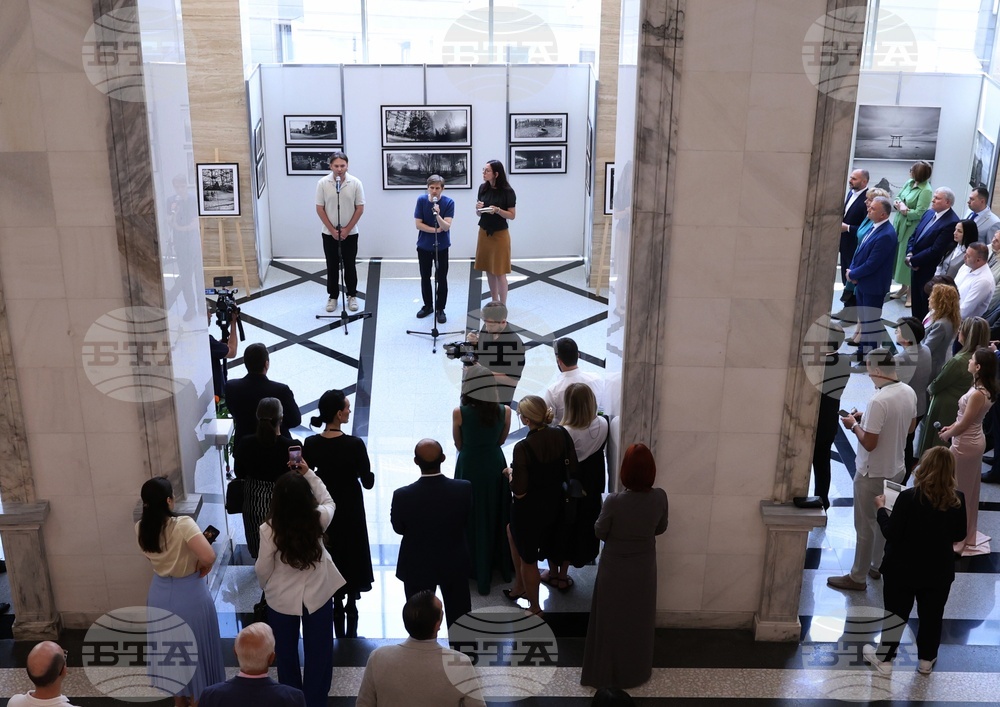
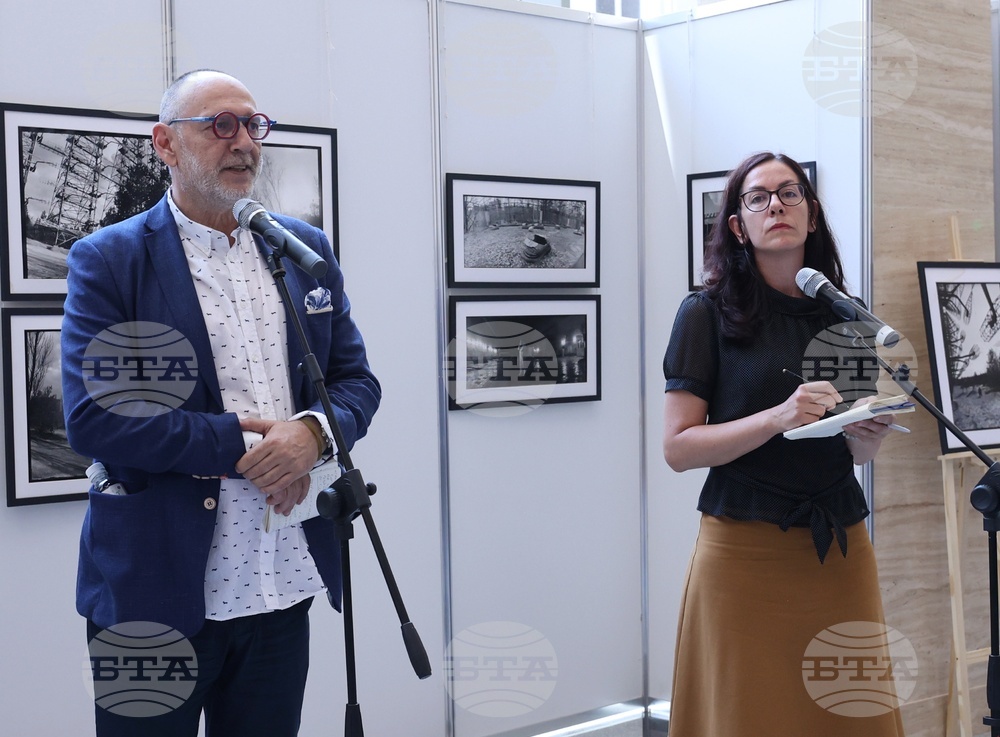
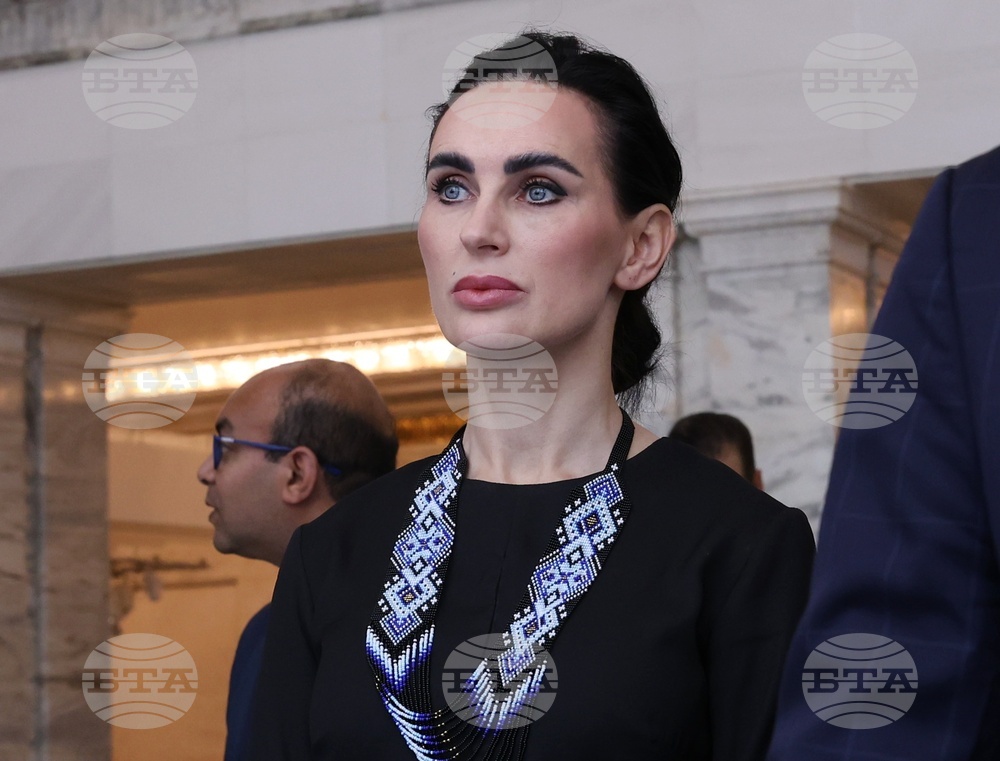

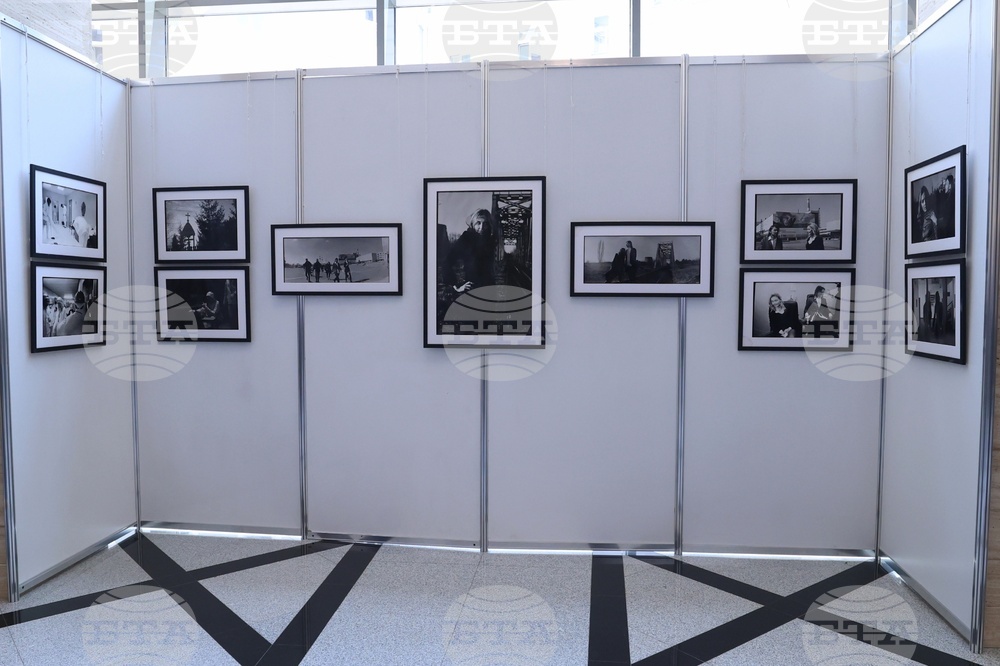
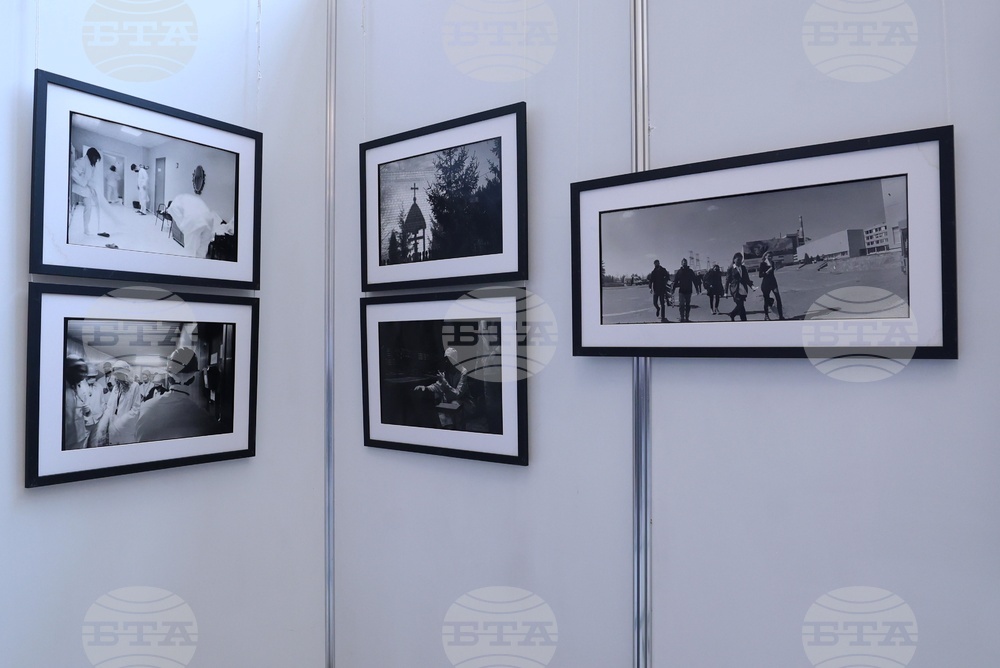

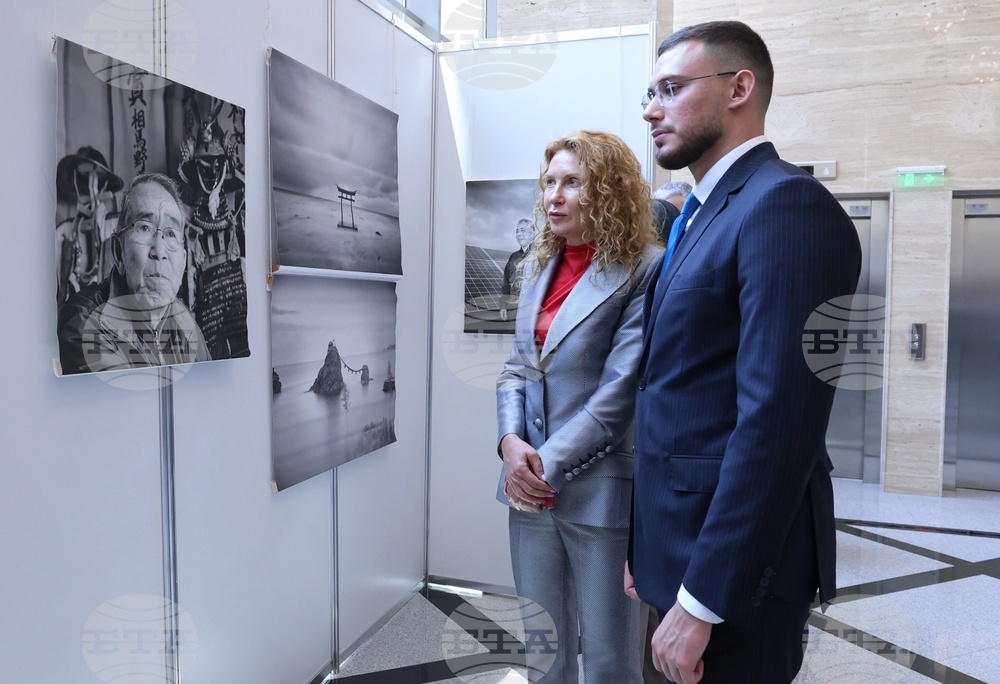
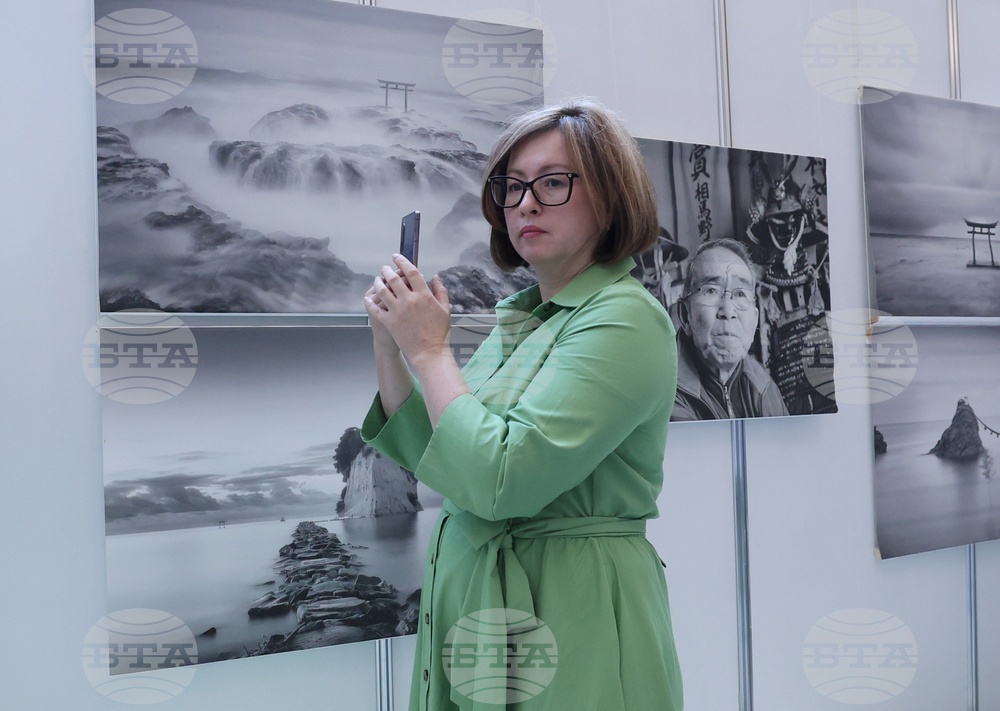
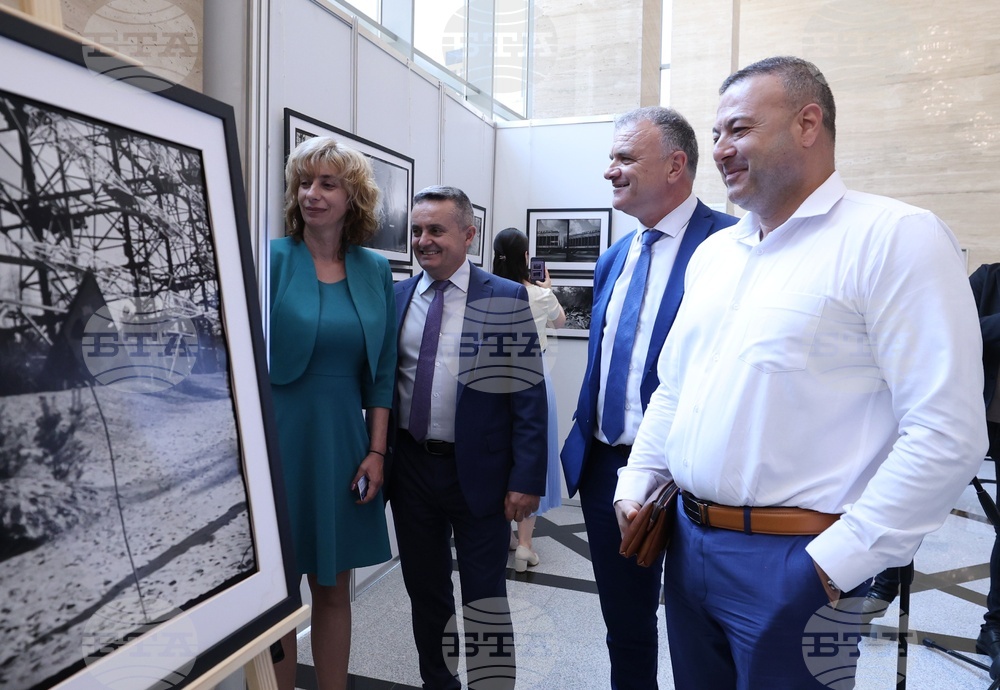
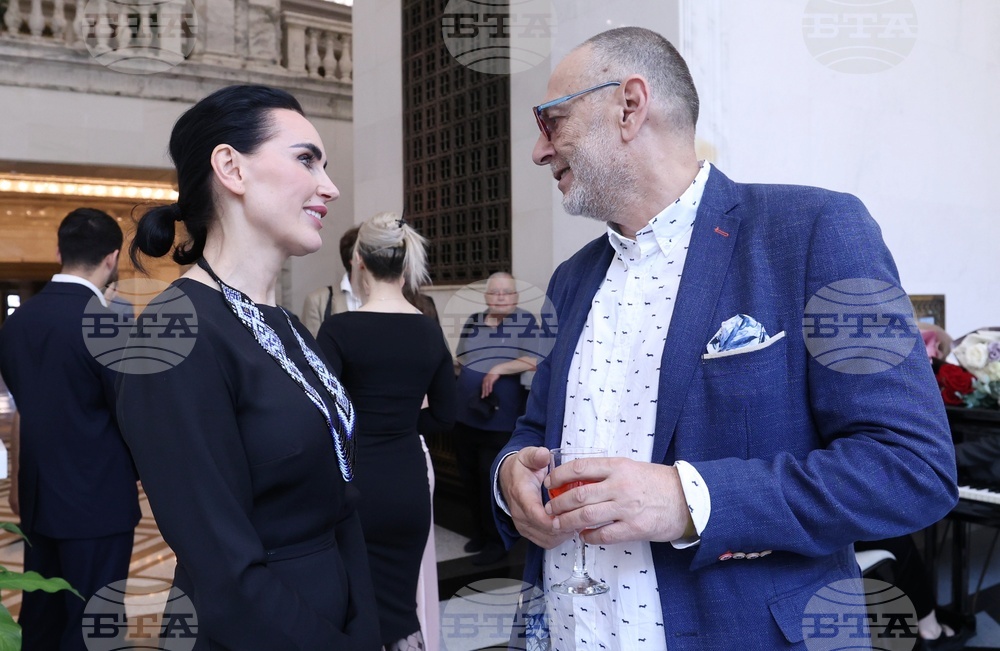
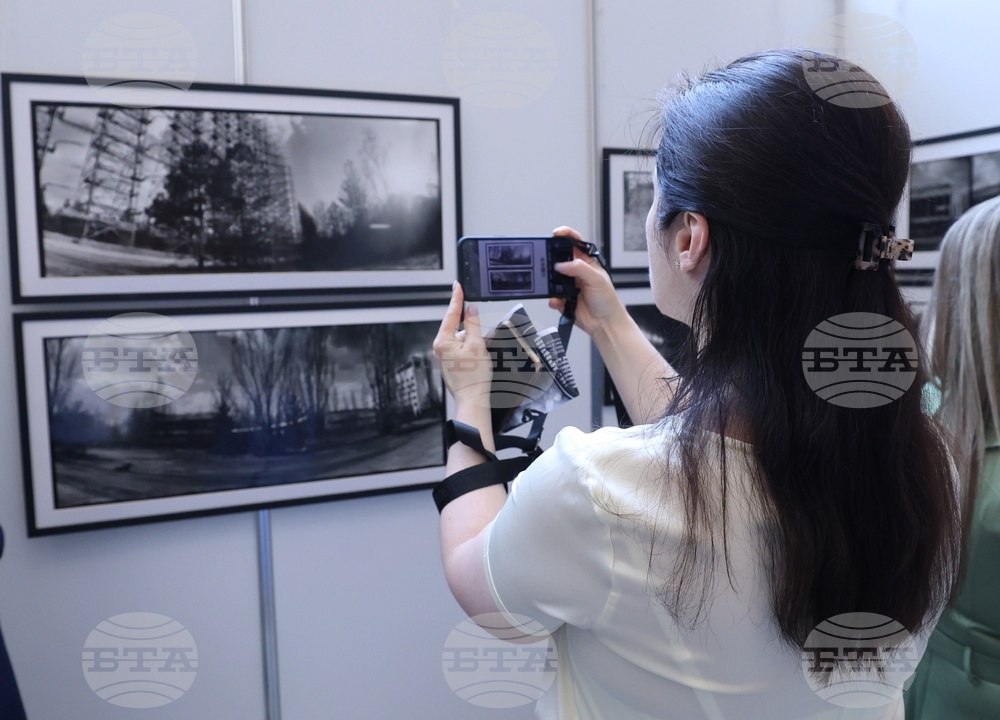
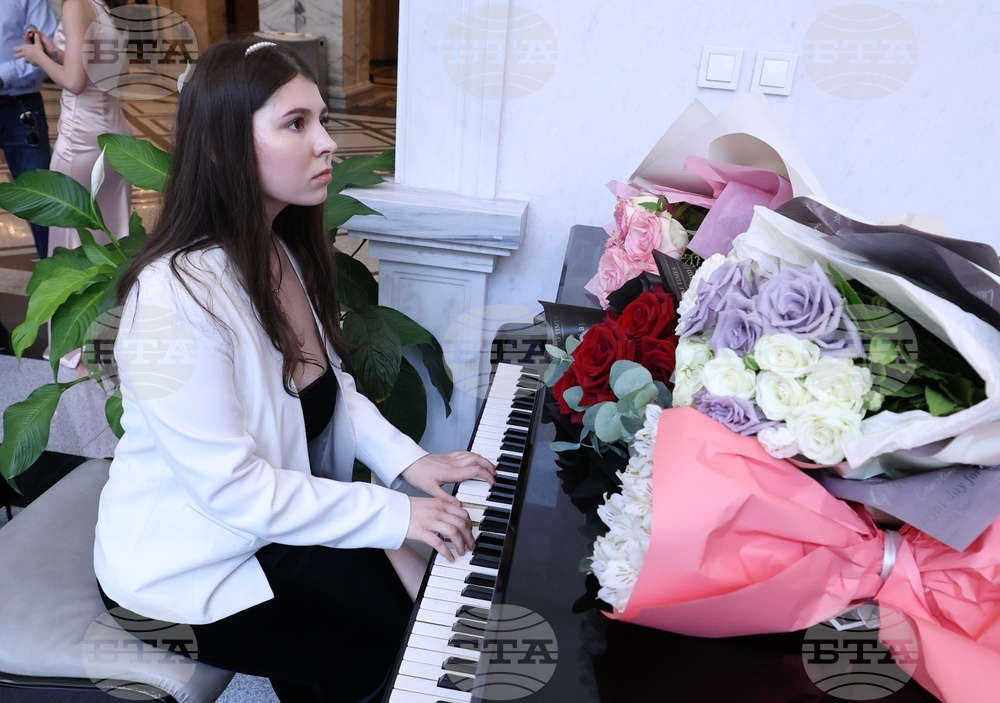
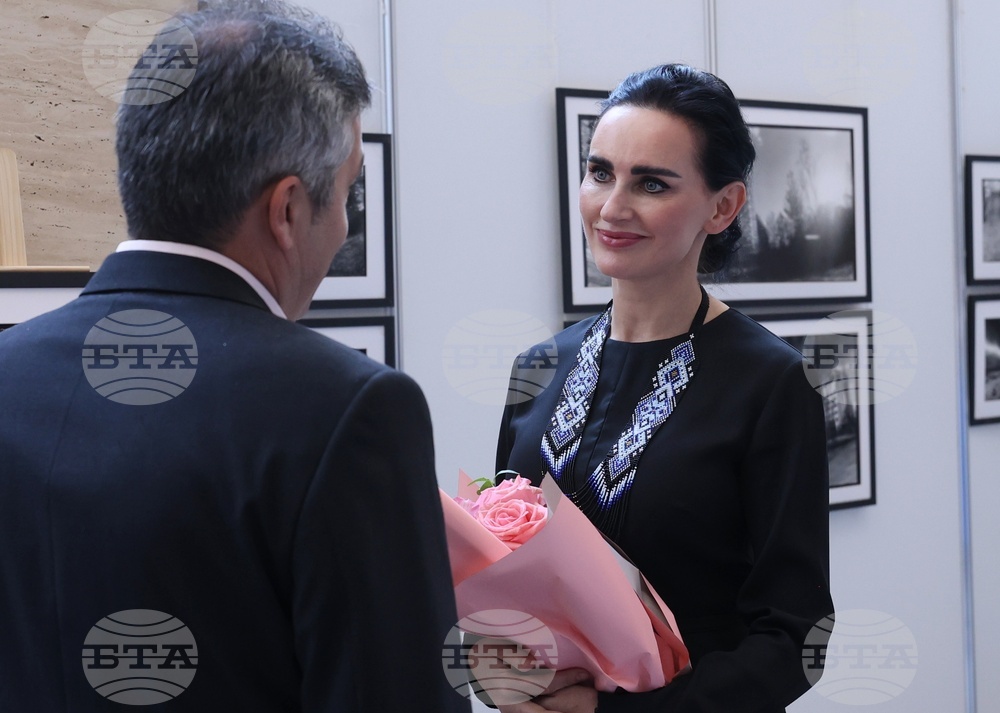

The accidents in Chernobyl and Fukushima are the focus of the documentary exhibition “The Catastrophe of Dreams”, which was opened at the National Assembly. The exhibition includes nearly 40 photographs by Alexander Tishchenko (Alex Luna) and Shigeru Yoshida, which touch on the psychological and aesthetic consequences of two of the largest nuclear accidents in the world. The event was organized on the initiative of MP Lyuben Dilov Jr. and the Chairman of the Parliamentary Committee on Defense and the Bulgaria-Ukraine Friendship Group Hristo Gadzhev.
The exhibition is important for all Bulgarians because our country was one of the countries most affected by the Chernobyl accident, said Lyuben Dilov Jr. According to him, this is also the first artistic bridge of its kind connecting Chernobyl and Fukushima. Lyuben Dilov Jr. pointed out that after the horrific incidents, Japan has created another engineering miracle with the construction of a 400-kilometer wall with an average height of 15 meters to protect the coast, and the Ukrainian people have turned Pripyat and the Chernobyl region into one of the most exotic places in Europe. “The catastrophe of dreams” gives birth to new dreams, not despair, he added. Lyuben Dilov Jr. also recalled the words of Shigeru Yoshida, who says that only the one who knows the pain can cure it and protect others from it.
For his part, one of the authors of the documentary photographs, Alexander Tishchenko (Alex Luna), noted that in these days when the world is facing a nuclear war, there is no higher value than human life, because it defeats any catastrophe. The opening of the exhibition was also attended by MPs, public figures, representatives of the diplomatic corps and journalists.
У Болгарії відкрилася фотовиставка «Somnia Disaster»
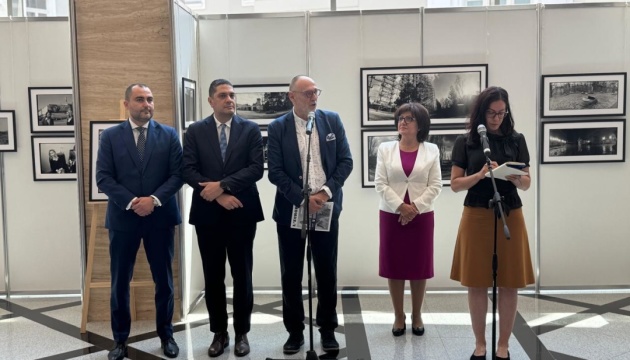
У Народних Зборах Республіки Болгарія 18 червня відбулася церемонія відкриття фотовиставки «Somnia disaster» – спільного артпроєкту українських та японських митців, присвяченого ядерним трагедіям у Чорнобилі, Фукусімі, а також Хіросімі та Нагасакі.
Як передає Укрінформ, про це у Фейсбуці повідомило посольство України в Болгарії.

Експозиція унікальним чином об’єднала творчу команду під керівництвом Олександра Тищенка (Alex Luna) та японського фотографа Шіґеру Йошіди. Їхні роботи покликані привернути увагу міжнародної спільноти до проблеми протидії ядерним загрозам та спонукати до посилення міжнародної підтримки України.
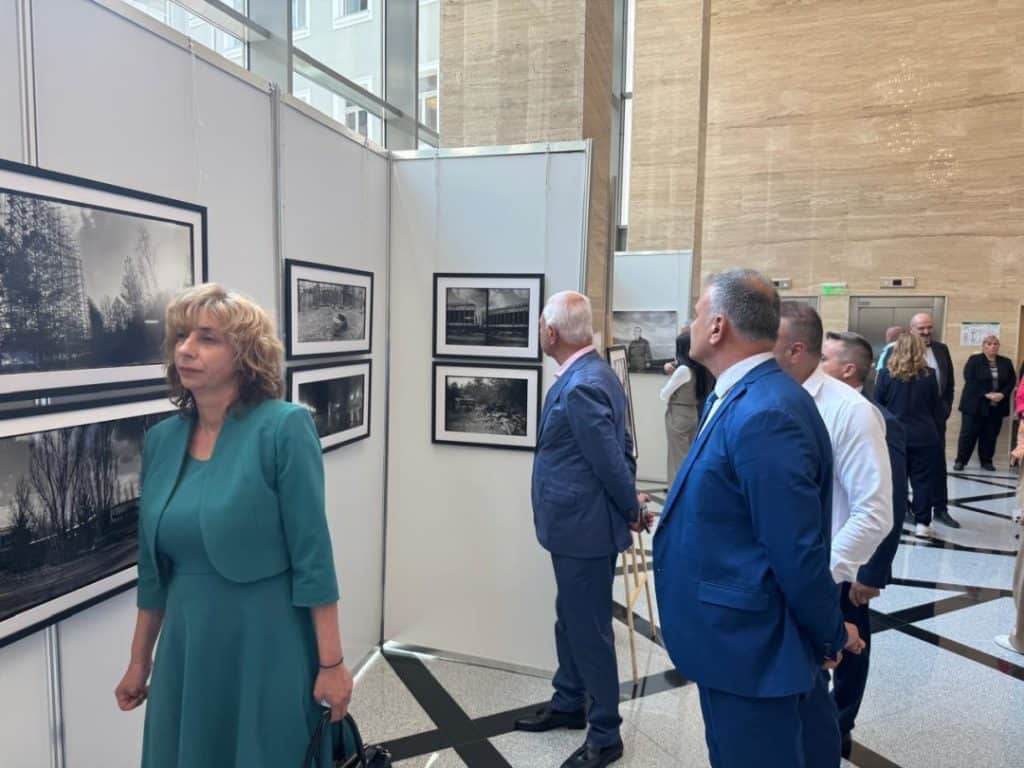
Виставку вдалося реалізувати за підтримки голови Групи дружби “Болгарія – Україна” болгарського парламенту Христо Гаджева та депутата Любена Ділова.
Читайте також: Болгарія продовжила до березня програму підтримки українських біженців
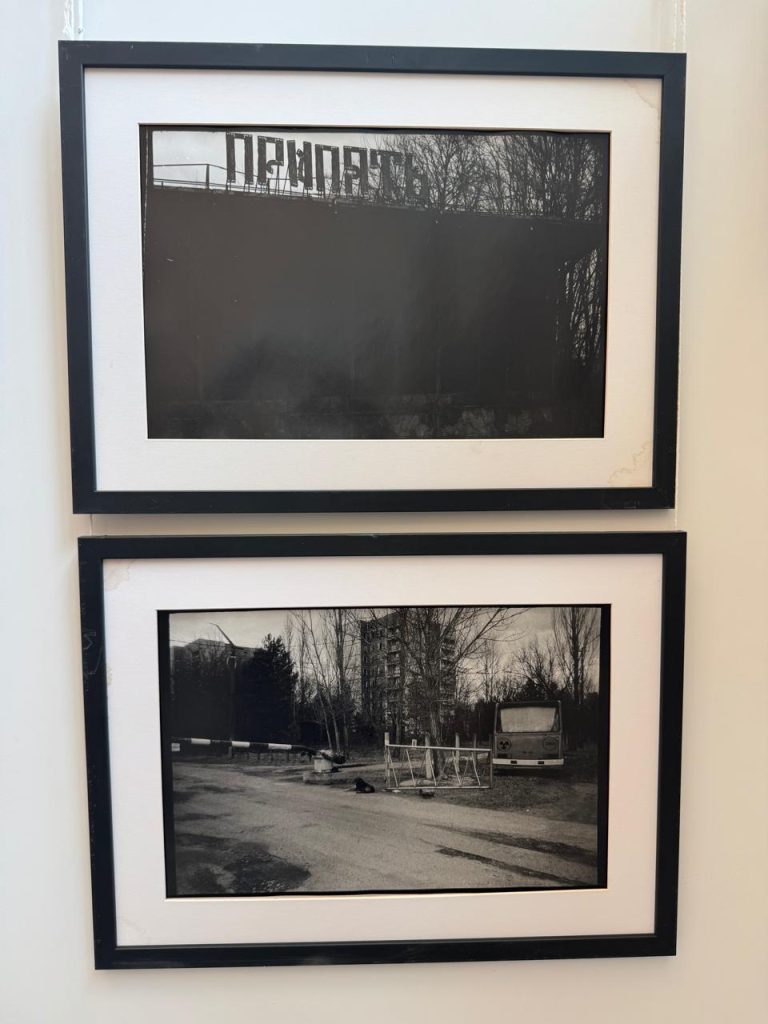
Під час церемонії відкриття болгарські депутати та гості заходу хвилиною мовчання вшанували пам’ять жертв російського ракетного обстрілу України, що стався 17 червня. Внаслідок цього терористичного акту загинуло 28 людей, а понад 130 отримали поранення.
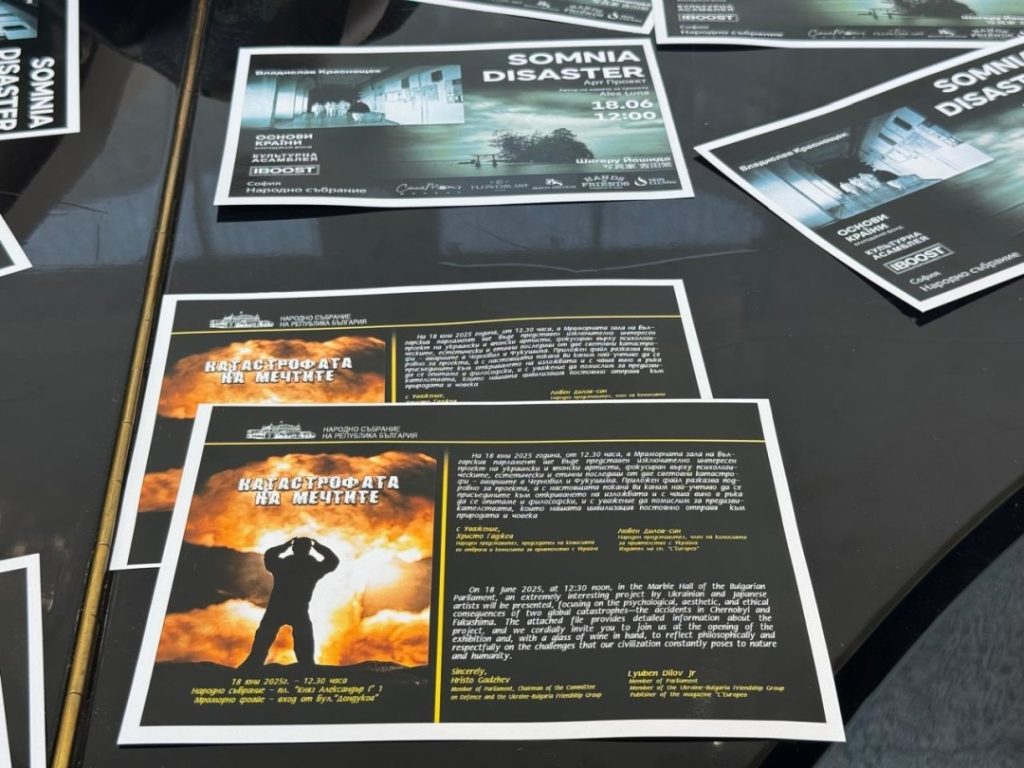
Нагадаємо, 12 червня на площі перед Народним театром ім. Івана Вазова у Софії відкрилася цифрова фотовиставка «Україна: любов + війна» – арт-документальний проєкт, який уперше представлено у Болгарії.
Somnia Disaster Featured In The Bulgarian Media
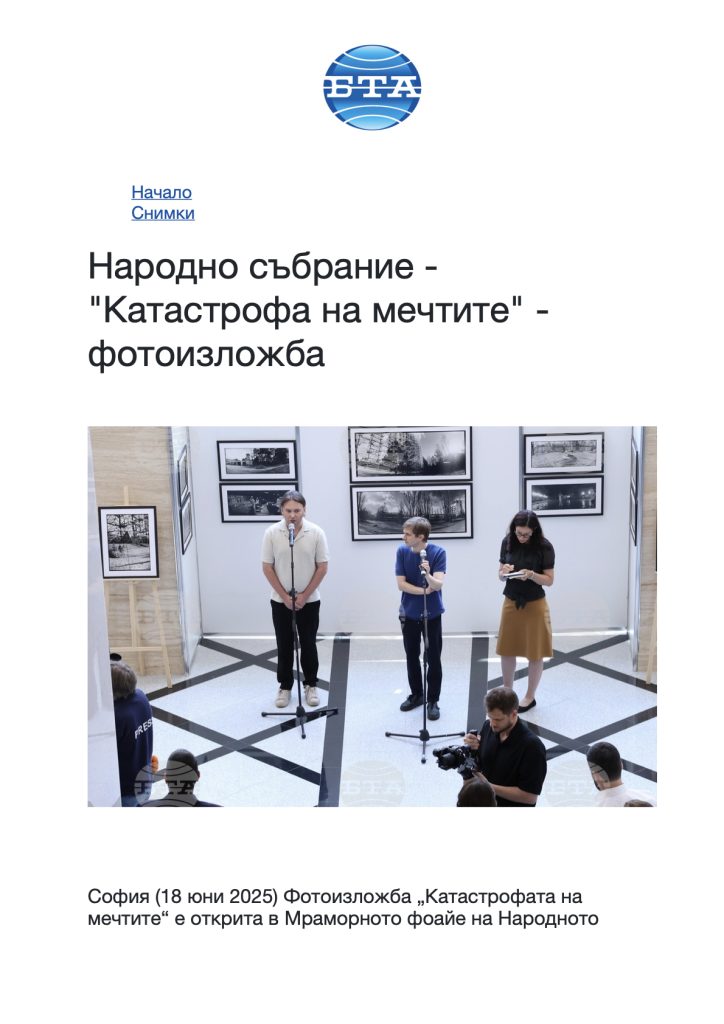

FAQs
What is the focus of Ukraine Foundation’s work?
Ukraine Foundation is an independent, mission-driven research and impact organization dedicated to advancing peace, resilience, and innovation in Ukraine. Our work combines rigorous policy research with practical initiatives that strengthen Ukraine’s international partnerships, support innovation and technology, and promote cultural resilience amid the ongoing war.
How does the Foundation turn research into impact?
We believe research should lead to real-world change. Our policy programs —Ukraine in Europe, China in Ukraine, and Ukraine in the Global South— produce insights that shape international dialogue and policy. At the same time, our impact initiatives foster cooperation between governments, businesses, academia, and civil society, ensuring that ideas translate into action for Ukraine’s security, prosperity, and influence.
How can individuals and organizations engage with the Foundation?
Engagement is central to our mission. Partners, experts, and supporters can collaborate through joint research projects, public events, and strategic initiatives in innovation and culture. We also welcome contributions to our programs that amplify Ukraine’s voice globally and strengthen its resilience at home.
How can I support Ukraine Foundation?
You can support our mission by contributing financially, partnering on research or impact projects, or amplifying our work through your professional networks. Every contribution -whether funding, expertise, or visibility- helps us strengthen Ukraine’s resilience and global partnerships.
Does Ukraine Foundation accept volunteers or research fellows?
Yes. We welcome dedicated professionals, researchers, and students who want to contribute to our policy and impact agenda. Opportunities range from short-term projects and fellowships to longer-term engagement with our programs and initiatives.
How can organizations collaborate with the Foundation?
We actively partner with think tanks, universities, governments, businesses, and NGOs to co-develop research, host events, and implement projects that drive meaningful change. Organizations interested in collaboration can reach out to us directly to explore tailored partnerships.
